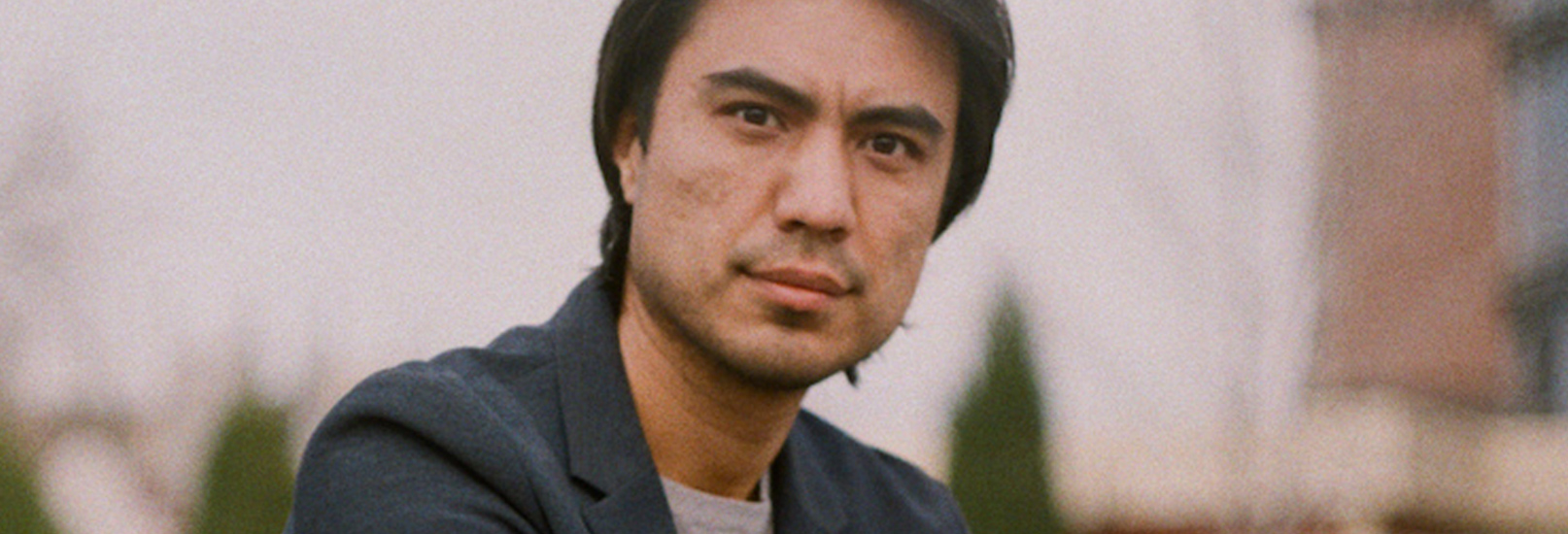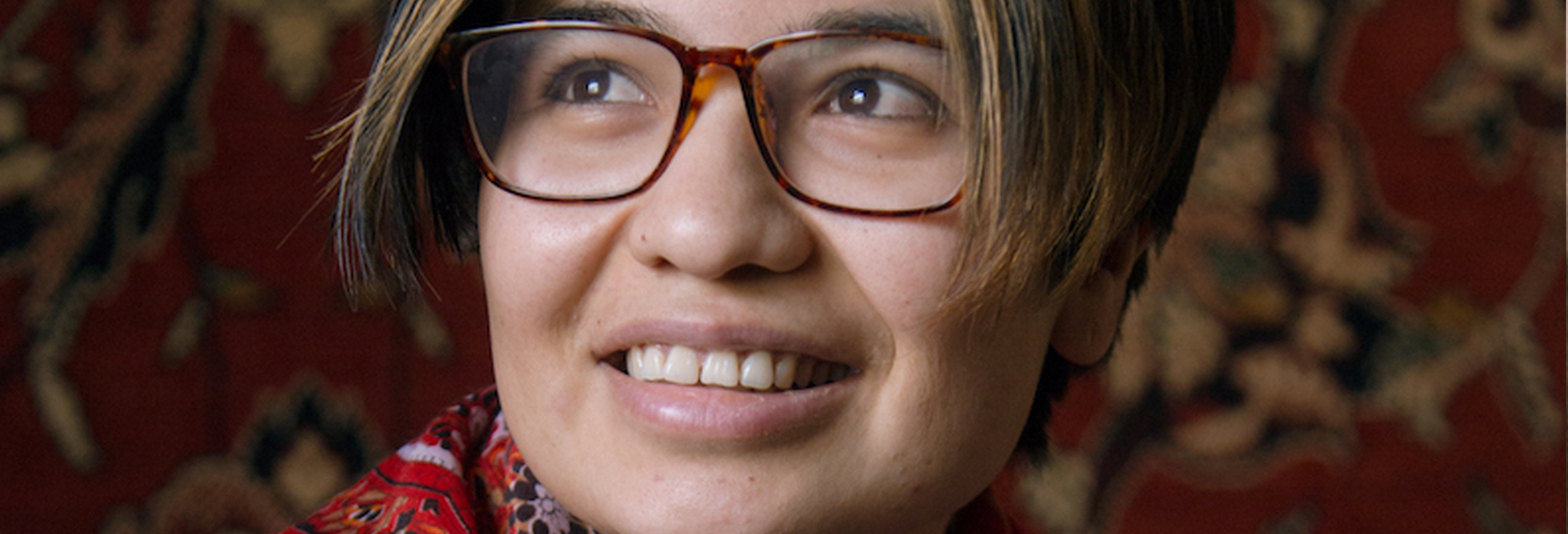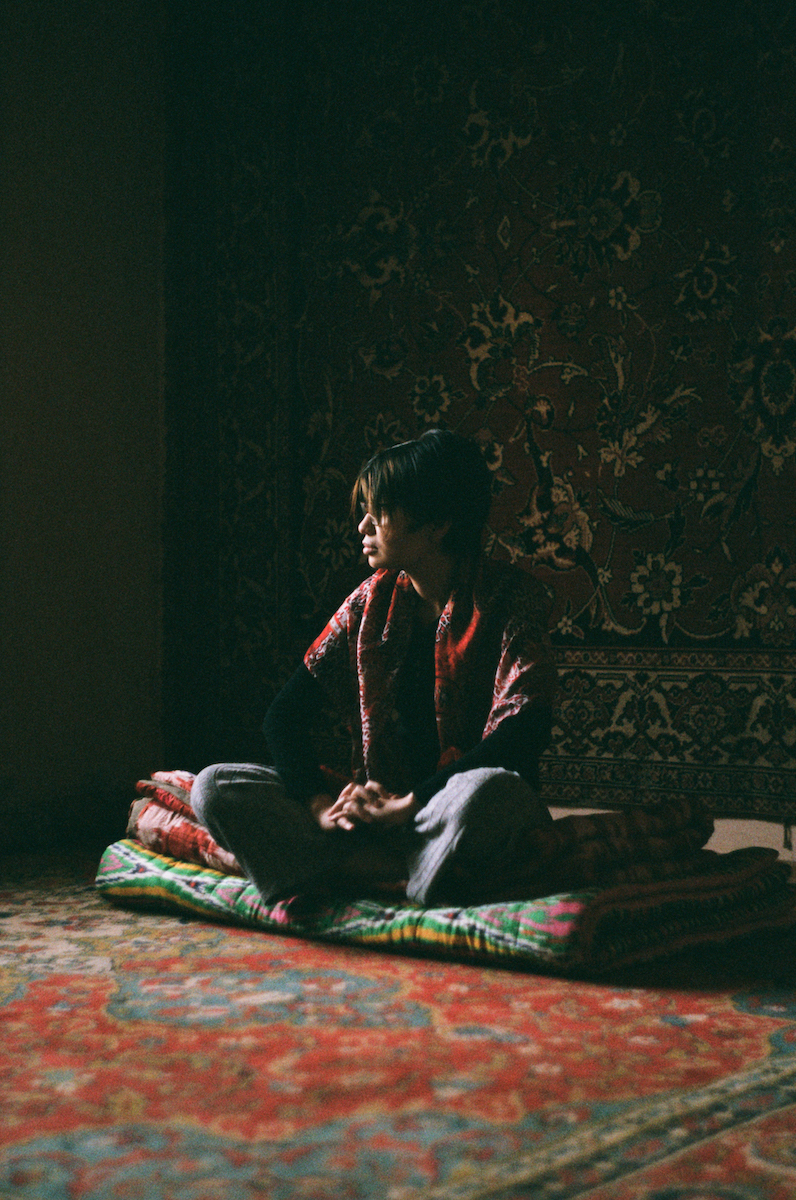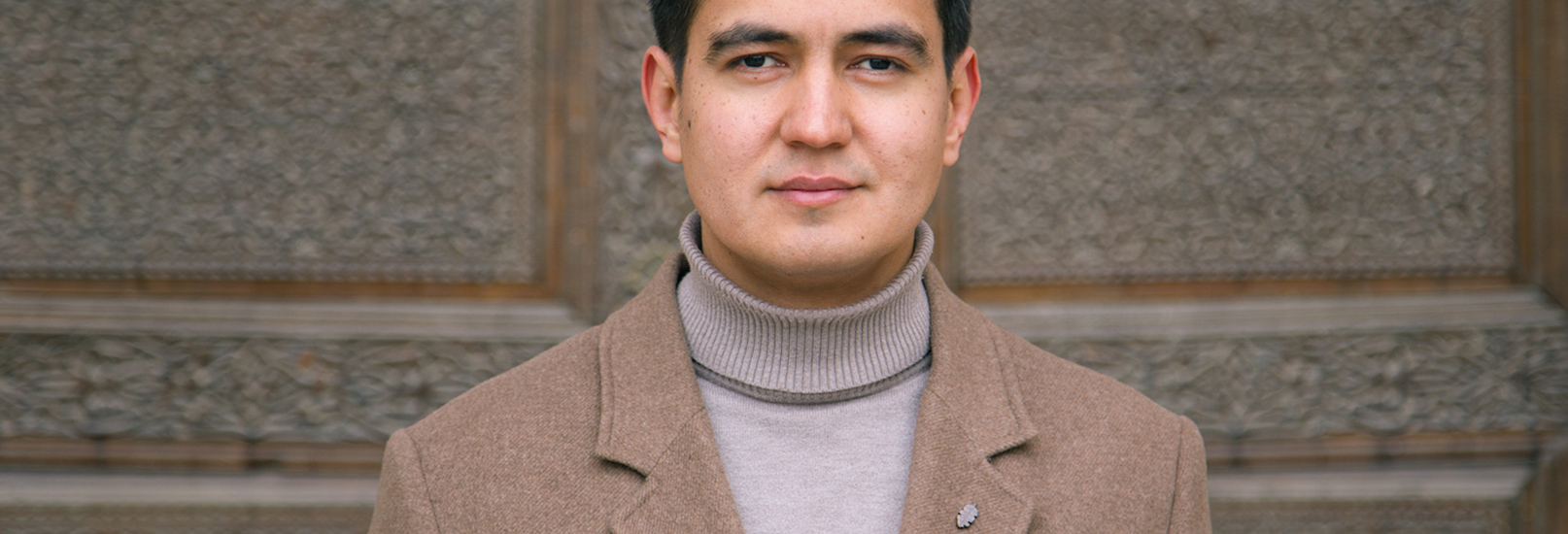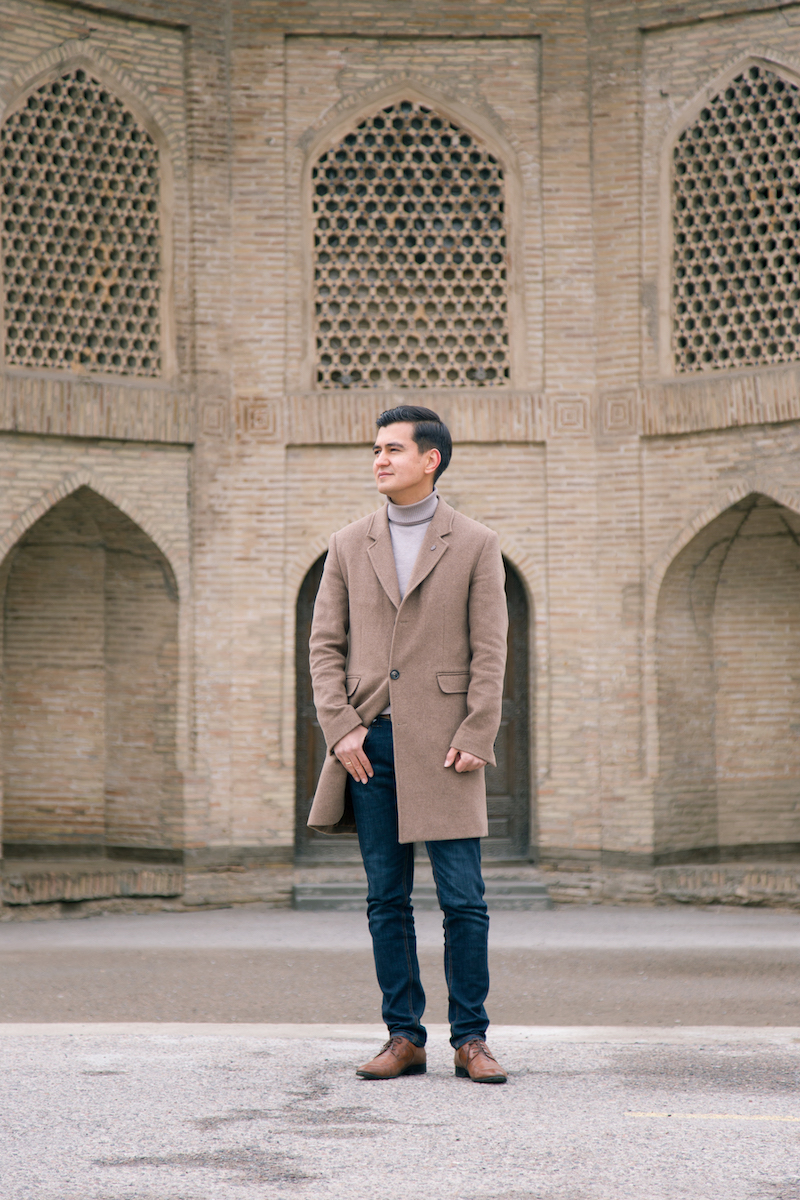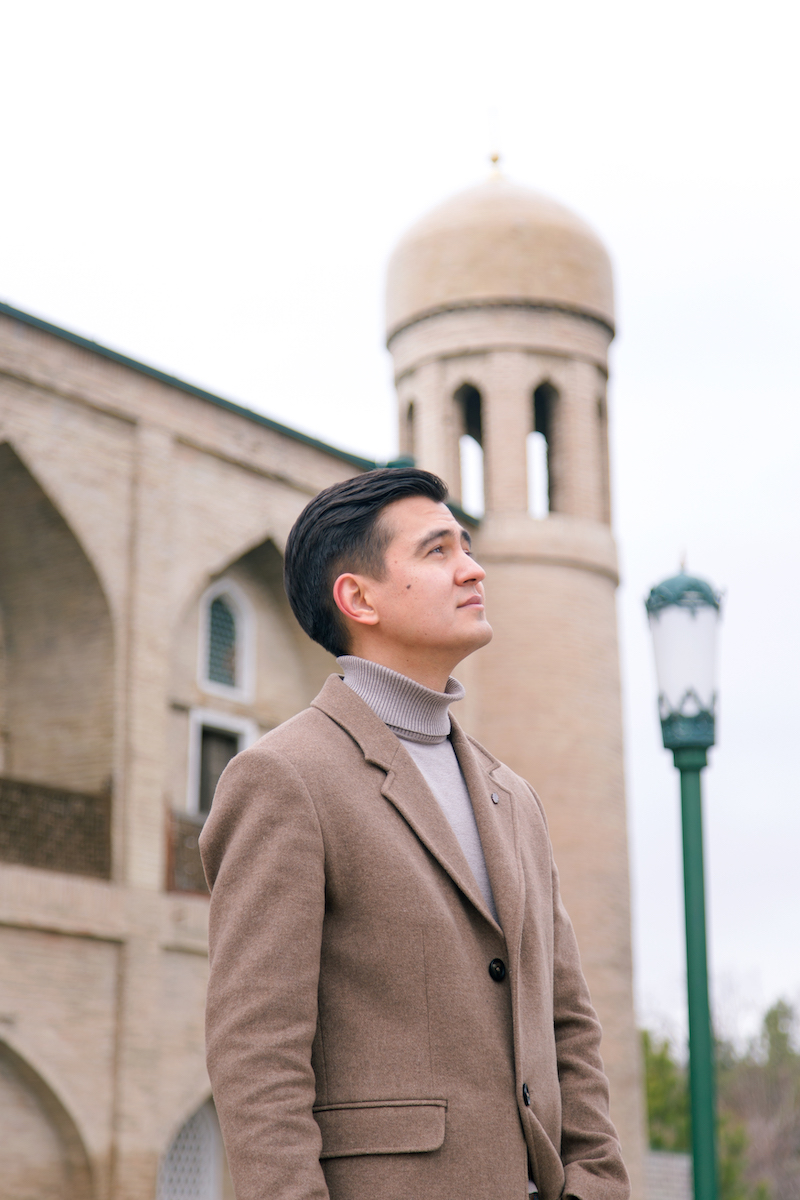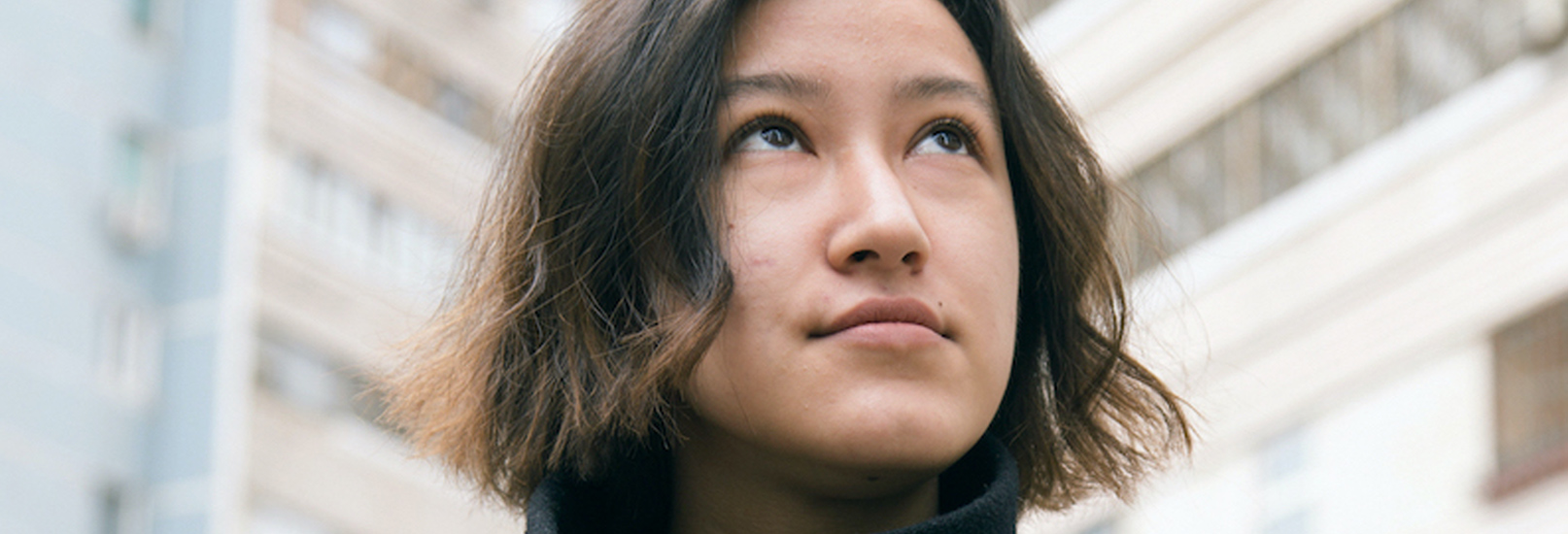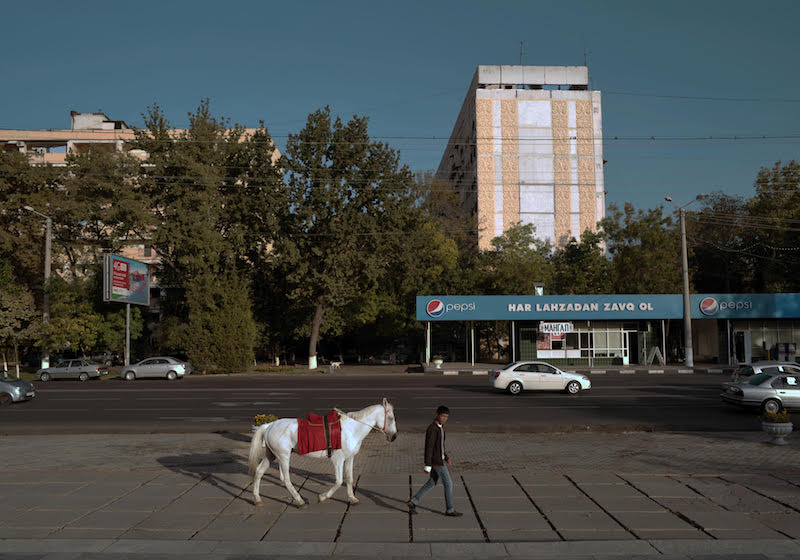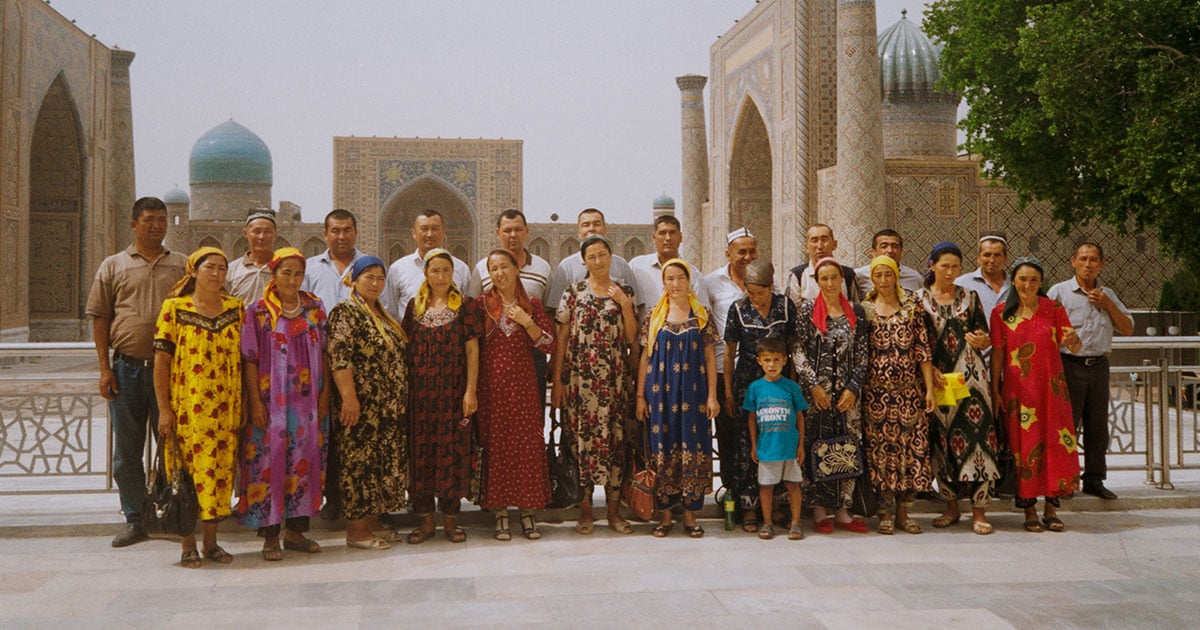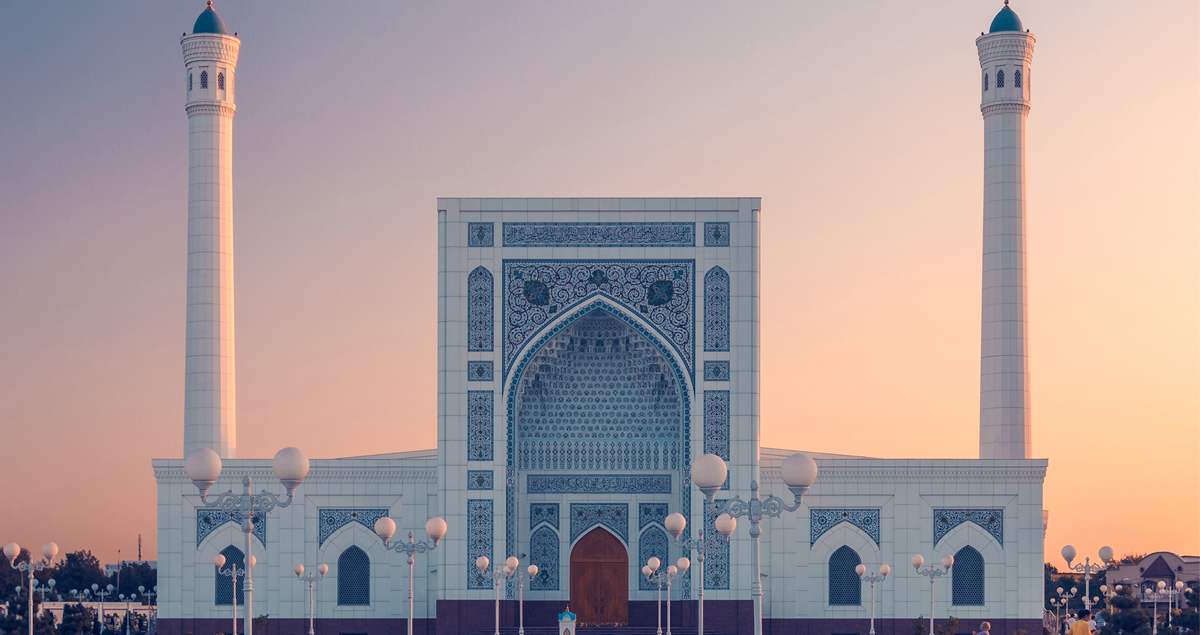Meet the artists creating new pockets of freedom in the new Tashkent
Creative cities: Tashkent
This article was produced by The Calvert Journal in partnership with British Council
From music production to poetry, a new generation is reforging Tashkent’s cultural identity. Whether they are creating a jazz scene where there isn’t one, galvanising public interest in literature, or making VR tours for the city’s museums, these creatives are reinventing the Uzbek capital.
Akmal Salihov was one of the first Uzbek producers to release his work on international platforms like iTunes, thanks to his electronic music debut with California-based label Magnatune, in 2008. “But it was hard to pay the bills just by releasing music,” he told The Calvert Journal. He began working on soundtracks for mobile games, and eventually transitioned to creating his own video games.
“Tashkent is the place I want to be in. We have an enormous number of talented people here”
Today, Salihov is leading his own VR studio, VRonica, while also working on mobile games with the company that gave him his first job. His current project, Space of Music, allows players to explore the music of distant planets and affect the way they sound, all within a VR world.
In addition to their commercial projects, Salihov’s team has spent lockdown creating VR tours for Uzbekistan’s museums. “Making virtual tours is quite expensive for museums, so we decided to help our society in these hard times,” he said. The challenges came with the bigger museums, like Uzbekistan’s Museum of Art, which took a lot longer to have their virtual tours created. They also created a tour for the country’s newest museum, the Museum of Glory, telling the story of the Second World War in Uzbekistan. It went online before the museum opened, meaning that people were able to see the museum virtually before they saw it in real life. So far, the tours have attracted more than 100,000 online visitors.
But away from the virtual world, Salihov’s love for downtempo and trip hop still stands. “I’m making music but not as regularly as I did ten years ago,” he admits. Partly, the video games he works on inspire him to keep going. But he only has the time for it in the early hours of the morning, before he gets “bombarded by messages and calls.”
Salihov says that while he has traveled a lot before the pandemic, “Tashkent is the place I want to be in.” At the top of the city’s offerings, the musician and entrepreneur places the warm weather for nine months of the year, the country’s cuisine, and the people. “We have an enormous number of talented people here, and I want to do my best to help them to achieve success in digital content creation,” he says.
Tillaniso Nuryog’d, author of the poetry collection Fiery Rebellion, is a key figure in Tashkent’s resurgent literary scene.
In 2019, she took part in the first edition of a new wave of events animating public interest in poetry: poetic duels. Organised by the Republican Council of Young Poets, the competition invites beginners to recite their works, while more experienced poets read their poems outside the contest. Each stage of the competition involves two poets facing off head to head. “I was really nervous,” Nuryog’d admits, partly because of the food poisoning she’d had the night before, and partly because she writes free verse rather than rhyme poetry, which “is often disliked or misunderstood” in Uzbekistan. Luckily, her poetry was received well.
If a few years ago, most literary events were often only attended by between 20 and 30 spectators, thanks to the duels, which now take place both in Tashkent and beyond, audiences have grown to 500. “Uzbekistan’s literary environment is reviving itself, and, most importantly, the public’s interest in literature is growing,” Nuryog’d says.
“Uzbekistan’s literary environment is reviving itself, and, most importantly, the public’s interest in literature is growing”
Nuryog’d’s interest in poetry began early, when she saw a friend’s relative recite a poem she had written and receive praise from an admiring crowd. “After that, I used to go home and try to compose a poem myself,” she recalls.
The poet created her more mature work, however, while studying journalism at the National University of Uzbekistan. “It was during these years that I learned about modern Uzbek literature,” she says. Among her influences, she quotes Uzbek writers such as Usmon Nasir, Rauf Parfi, Cholpon Ergash, Muhammad Salih, Muhammad Rahmon, Yuldash Eshbek, Halima Ahmad, Fakhriyor, Abduvali Qutbiddin, and Bahrom Ruzimuhammad, for “helping find [her] way.” But Nuryog’d is also inspired by literary movements beyond the borders of Uzbekistan, such as Japanese hokku, Persian “new poetry”, French surrealist poetry, and American spiritual poetry in the tradition of Walt Whitman.
Nuryog’di says she has found more freedom in Tashkent than in her native Bukhara. “A poet always needs freedom, individuality,” she says. “When I go to Bukhara, I can’t write a single line.” She points to the province’s more traditional mindset and focus on agricultural work for her missing inspiration. “My lifestyle in Tashkent is freer than in Bukhara, and the city gives me a writing environment,” she says. “I can see reality more clearly here.” Yet, financial pressures also limit the freedom Nuryog’di has found in the Uzbek capital city. Because there is little money to be gained in book writing, and a low demand for Uzbek contemporary literature, “creativity cannot be your first priority,” Nuryog’di explains. For now, on top of her day job as a journalist, she is writing a PhD in Uzbek folklore.
Saxophonist Saidmurat Muratov became interested in jazz music at 17, when he first listened to records by Ella Fitzgerald, Coleman Hawkins, and Duke Ellington. “Ella Fitzgerald’s performance, especially her improvisation, made an inexplicable impression on me. I felt freedom, joy, and a sense of flight,” he recalls. He started attending jazz concerts, which inspired him to learn to play the sax. Among his influences, Muratov cites Uzbek saxophonists Khairulla Sagdiev, Yunus Gulzarov, and Bulat Mustaev, as well as America’s John Coltrane and Keith Jarrett, Israel’s Daniel Zamir, and Azerbaijan’s Vagif Mustafa-Zadeh and Rain Sultanov.
“In Uzbekistan, you can live without stress and unnecessary fuss; it helps to look inside yourself and find yourself”
“There is no jazz scene in Tashkent yet — no jazz education, no jazzmen, jazz clubs — but there are several people who love this music, study it, and play it,” Muratov says. Yet he thinks the fact that the scene is small isn’t necessarily a bad thing. “I do not set myself the goal of playing jazz like an American,” he adds. Instead, Uzbek folk music, and traditional instruments such as the doira, nai, surnai, and tambour, inspire him. But, as he is doing a Master’s at Uzbekistan’s Conservatory of Music, Muratov dreams to become a teacher there, and open a jazz faculty.
Muratov is committed to his native city: he says that he enjoys the slower pace of life in Tashkent, compared to, say, Paris, or Moscow. “In Uzbekistan, you can live without stress and unnecessary fuss; it helps to look inside yourself and find yourself,” he says. “I think every place has its limitations, but it all depends on how you feel about it, and that any limitation helps you grow as a person. Tashkent’s people, atmosphere, nature, loved ones, folk music, painting, art, sky: all of this inspires me to live and try to become at least a little better every day.”
High rises, Soviet blocks, classical architecture: the image that Amaliya Ta portrays of Tashkent in her architectural photography is of a modern and orderly city.
Ta became interested in photography as her parents followed her as a toddler with a Polaroid camera. Surrounded by family photo albums, Ta says she grew wanting to continue this tradition. “More recently, I started doing photography in my own way. First, it was pictures of flowers and landscapes, then I started noticing the beauty of architecture,” she retells. “I love lines, forms, and geometry patterns that buildings usually create, and I take close ups of the facades, so people can see the buildings anew.” As a result, many do not recognise the same Tashkent buildings they cross by each day in Ta’s images.
Ta herself says she feels both inspired and limited by her hometown. “Lots of the buildings look identical, which limits you and makes your works similar to each other, and what is more important, similar to the works of others,” she says. But her solution is, focus on the details. Beyond this, she adds, “the power of Tashkent is in its community”.
“A lot of young people and creators make the city modern, interesting, and worthy of attention. I love seeing how its culture is evolving.”
